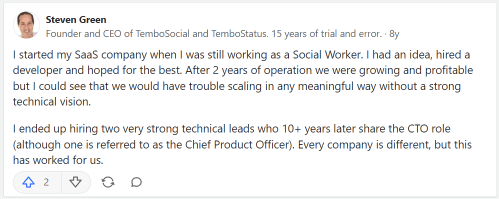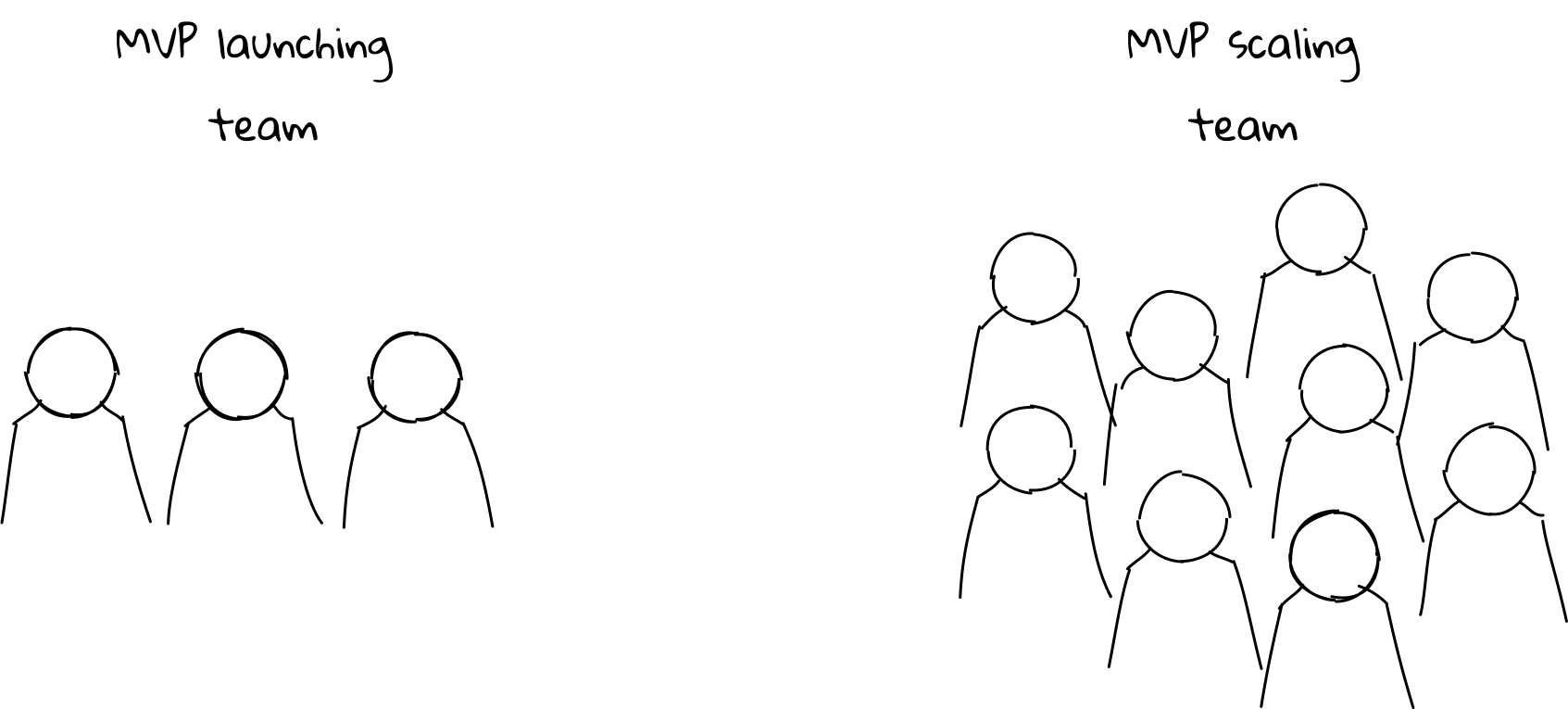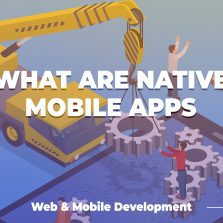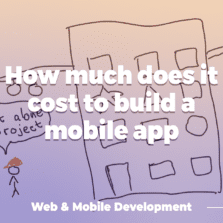
At Oqtacore, we understand the crucial stages of startup development and the pivotal roles that different specialists play in this journey. In this article, we’re excited to share insights on the optimal team composition required to launch a successful Minimum Viable Product (MVP). Drawing on the vast experiences of both our team and our esteemed clients, we’ll focus exclusively on the technical essentials of building your startup team.
This guide does not cover the intricacies of finance, fundraising, or general hiring strategies. Instead, we delve into the core of product development, highlighting which experts and skills are indispensable during each phase of your product’s lifecycle.
Mastering the Prototyping Phase: Essential Team Roles
Understanding Your Product and Audience
Before diving into the prototyping phase, it’s imperative that you have a clear understanding of what you’re offering and to whom. If this isn’t yet clear, take a step back and conduct thorough product research. Oqtacore will delve deeper into product research strategies in an upcoming article to guide you through this preliminary yet crucial step.
The Role of UX/UI Designers in Prototyping
During the prototyping phase, the main goal is to shape how the initial version of your product will look and function to ensure early user satisfaction. A skilled UX/UI designer is crucial at this stage. They map out the customer journey from initial application encounter to final satisfaction, focusing on creating a user-friendly interface. Key outputs from a UX/UI designer include Customer Journey Maps (CJM) and design mockups of your application.
Developers: The Technical Backbone
An experienced developer plays an essential role in foreseeing and preparing for potential technical challenges. Their expertise is vital in estimating the time and cost of development, particularly if your MVP requires integration with third-party services. They are responsible for providing detailed technical implementation plans, time and cost estimations, and potentially a release calendar if you’re planning multiple iterations.
IMPORTANT: Both the designer and developer should work from a well-defined portrait of your target audience and a clear description of the business needs your MVP aims to address. If such data is not yet available, revisiting the product or marketing research phase is recommended.
Simplifying Initial Designs
In many startups, the role of the UX/UI designer in the early stages may be assumed by one of the founders, particularly when the initial version is simple. This approach allows for rapid iteration and swift collection of user feedback, which is crucial for early-stage development. Initial MVP versions might be basic, sometimes limited to just two or three screens, but they can still provide invaluable insights even if they are not fully polished.
Feedback Over Perfection
A common mistake is attempting to launch an MVP with a fully developed design to immediately drive user traffic and sales. While appealing, this strategy may slow down the iterative feedback process essential for quick pivots and improvements. Sometimes, a simpler, less refined MVP shown to colleagues and friends can yield critical early feedback that significantly influences the product’s trajectory.
In summary, initial design efforts might proceed without a dedicated designer, but as your product evolves, professional design input becomes indispensable for scaling and refining the user experience.
MVP Development and Launch: Structuring Your Team for Success
Product Development Dynamics
Transitioning into the MVP development phase signifies a complexity increase in tasks and the broadening scope of required expertise. Depending on your specific needs, the development process might involve a single multifaceted specialist or a diverse team comprising various roles. Typically, a basic MVP team includes front-end and back-end developers, although a single full-stack developer can also manage both competencies in early stages. The size and composition of the team can vary significantly—from a compact group of 1-4 specialists to larger teams of 10-15 members in scenarios demanding a wide array of tasks and tight deadlines.
Effective Management for MVP Projects
Once a full team is in place, effective management becomes crucial. Project managers are vital for overseeing the flow of tasks and communication within the team. They handle task distribution and acceptance, and are proactive in addressing issues and changes during development. Initially, a founder may fulfill this role, but as the project scales beyond a month, dedicated project management becomes necessary to avoid the pitfalls of micromanagement that can drain the founder’s time and emotional resources.
Continued Involvement of Initial Experts
During this phase, it’s also essential to maintain the involvement of previously engaged experts. Designers should monitor and refine the visual and usability aspects of the product, while marketing and product specialists should ensure the technical outputs align with the strategic business objectives.
The Role of a Technical Director (CTO)
As development progresses, the need for a Chief Technical Officer (CTO) to oversee the technical aspects of the project becomes more pronounced. The CTO acts as a central figure in managing the development pace and quality, providing a clear point of contact for the entire technical team. This role, crucial even during the prototyping phase, should ideally be designated to a single individual during full-scale development to streamline technical decision-making processes and allow founders to focus on other critical areas such as fundraising, marketing, and sales.
Potential candidates for the CTO position might include:
- A co-founder or partner with robust technical expertise.
- An experienced developer hired specifically for the role.
- A development studio, if the MVP has been outsourced.
Choosing the right fit for the CTO role depends on your specific circumstances and needs. While some scenarios might benefit from bringing on a co-founder with technical skills right from the start, others might find it more effective to engage with a specialized studio.

MVP Testing and Feedback Collection: Guiding Your Startup Toward Market Fit
Post-Launch Actions: Gathering Critical User Feedback
Once your MVP is launched, the next step is to understand how it performs in the real world and to gather feedback, which is pivotal for iterative development. The process typically involves demonstrating the product to users, conducting interviews to collect feedback after they’ve used the system, and then using this data to prioritize further development tasks.
In larger startups, product managers and UX/UI designers usually take on the role of collecting and analyzing user feedback, as their insights are crucial for refining user interfaces. However, in a startup environment, especially in the early stages, these responsibilities often fall to the founder. This can lead to challenges related to micromanagement, especially if the founder’s primary focus needs to be on areas like fundraising. In such cases, it might be more effective to delegate these tasks to trusted team members or even hire dedicated staff to handle user interactions.
Driving First Sales: The Role of Marketing and Sales Teams
Securing the first customers is another critical phase following the MVP launch. This task is primarily handled by marketers and sales managers. If your MVP’s goal includes generating initial sales, it’s essential to integrate marketing and sales strategies early in the product development cycle, ideally starting at the prototyping stage.
The decision on when and how to involve marketing and sales professionals can vary. Some startups may benefit from having a founder handle these roles initially to maintain close control and personal involvement with the first customers. Others might find it advantageous to bring in specialists early to establish and execute effective sales strategies right away.
MVP Scaling: Transitioning from Launch to Growth
Defining MVP Scaling
MVP scaling can be viewed differently across the entrepreneurial spectrum. Some define it as the substantial development phase following the initial release, while others see it as the process of refining the product post achieving the first stable monthly revenue. From a development perspective, scaling typically begins when planning extends over several months, indicating the project’s shift towards a long-term endeavor.

Key Areas in MVP Scaling
- Enhanced Testing Procedures As your product evolves, new functionalities and their interconnections increase, which complicates the development landscape. This complexity necessitates a robust testing regime before each release. To manage this, QA engineers become indispensable. Their primary role is to minimize errors and enhance the reliability of your product, ensuring a smooth user experience as your system expands.
- Task Prioritization and Management With the growing number of tasks and development directions, effective management of what to release and when becomes crucial. Product managers play a vital role here, as they are tasked with prioritizing development based on ongoing customer feedback, competitive analysis, and strategic business needs. They help determine which new features should be fast-tracked and how to test new functionalities efficiently and cost-effectively.
- Technical Infrastructure Support Beyond development and release, ongoing support for the technical infrastructure is critical. DevOps engineers are key to optimizing server performance and monitoring system loads. While initial stages might see developers covering some aspects of DevOps, the specialized skills and experience of dedicated DevOps professionals are essential for long-term product stability and scalability.
Building a Comprehensive Team

As your product gains traction and attracts investment, the composition of your team will need to expand beyond the core developers and designers. Roles such as customer support specialists, system analysts, and others may become necessary. The existing team members, who have a deep understanding of both the technical and user-facing aspects of your product, will be instrumental in identifying the additional expertise required to support scaling efforts.
Effective Team Building and Delegation for Startups
Identifying and Recruiting the Right Specialists
When launching a tech startup, assembling the right team is critical but can also be one of the most challenging tasks, especially without prior experience in team organization. It’s essential to understand not just whom to hire, but when their skills will be necessary. Here are some strategies to effectively determine and fulfill your team needs:
- Assess Your Immediate Needs: Evaluate what stages your startup is in (e.g., prototyping, MVP development, scaling) and what specific roles are required for each stage. This can help prevent premature hiring and ensure that you bring on specialists whose skills are immediately beneficial.
- Prioritize Core Roles: Focus on recruiting for core roles that drive the initial phases of development, such as developers, UX/UI designers, and project managers. As your startup grows, you can start considering more specialized positions.
- Use Flexible Hiring Models: Engage with freelancers or contract-based professionals for short-term needs. This approach allows you to adjust your team composition dynamically as your startup’s needs evolve without committing to long-term employment contracts.
Delegation Through Leadership Roles or Outsourcing
If the prospect of organizing and managing a development team seems daunting, consider these delegation strategies:
- Hiring a CTO: Bringing a Chief Technical Officer on board can be a game-changer. A CTO with the right experience can oversee the technical development, manage the tech team, and align technology-related decisions with your business goals.
- Partnering with a Development Studio: For startups without the bandwidth to manage technical development internally, contracting with a development studio can be an effective solution. This option not only reduces the overhead of team management but also leverages the studio’s expertise to accelerate development.
Navigating the Challenges of Team Organization
Organizing a development team requires significant time and resources, which could otherwise be directed towards other business priorities. The search for and validation of the right specialists alone can be a demanding process. Delegating these tasks can free up valuable resources and allow you to focus on scaling your business more efficiently.
Ready to turn your vision into reality?
With over 50 apps developed by our dedicated team of five, we can help launch your app in just 1-3 months, starting from $10K.
Book a consultation on our site
Let’s get acquainted and bring your idea to life!






